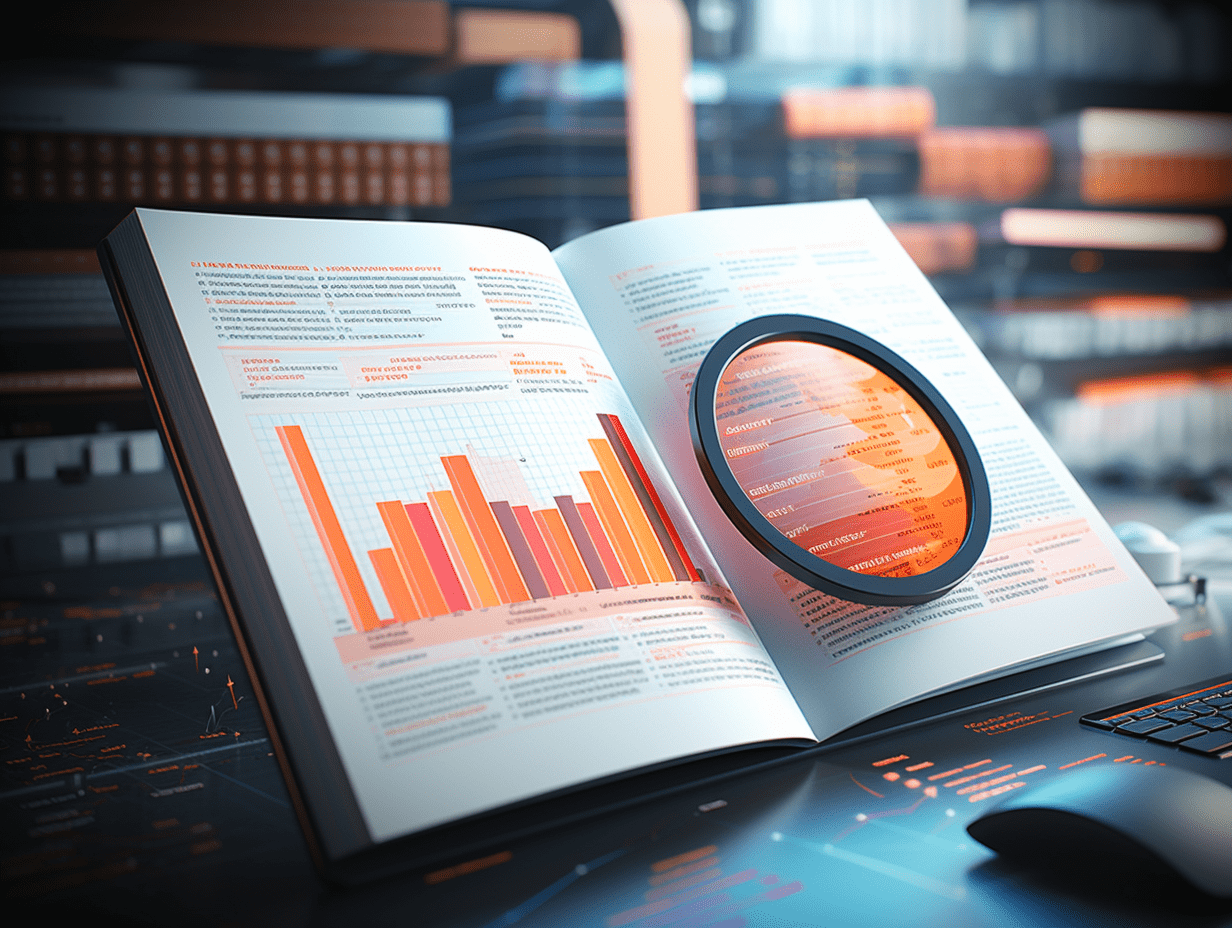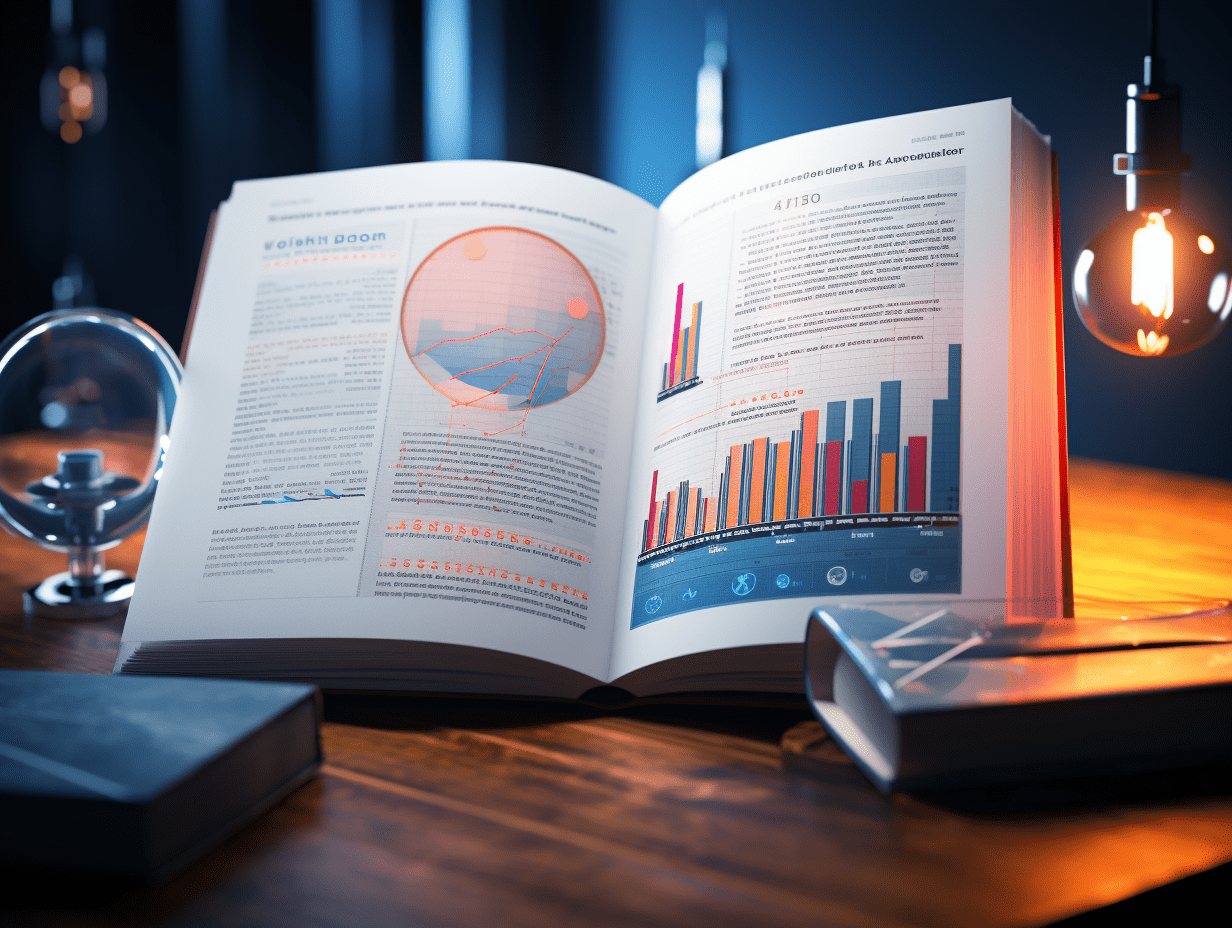After the performance, Tesla, Inc. (TSLA.US) is caught in a fierce debate between bulls and bears: bulls are betting on the trillion-dollar dream of FSD, while bears are closely watching the slowdown in deliveries and the realization of the vision.
Tesla became the focus of the market on Thursday, as its second quarter financial report showed a slowdown in revenue and delivery growth, while the company once again promised to launch a "more affordable" electric vehicle model. At the same time, analysts had mixed opinions.
Tesla, Inc. (TSLA.US) became the focus of the market on Thursday, as its second-quarter earnings report showed a slowdown in revenue and delivery growth, while the company once again promised to launch a "more affordable" electric car and emphasized its leading position in the field of autonomous driving. Analysts have differing opinions.
Wedbush Securities analyst Dan Ives believes that the next few quarters are crucial for Tesla, Inc.'s autonomous driving business: the company's goal is to have autonomous driving ride-hailing services covering half of the U.S. population by the end of 2025, including launching unsupervised fully autonomous driving (FSD) functionality for individual users in some U.S. cities by the end of 2025.
He also mentioned that Elon Musk hinted that Tesla, Inc.'s FSD technology is expected to receive regulatory approval in the Netherlands, paving the way for future compliance in the EU over the next few years.
Wedbush maintains an "outperform" rating for Tesla, Inc. with a target price of $500, citing the potential value of the autonomous driving business alone being as high as $1 trillion.
Wells Fargo & Company reiterated its "underperform" rating for Tesla, Inc. Analyst Colin Langan and his team are cautious about the scaling of Siasun Robot & Automation taxi and Optimus humanoid Siasun Robot & Automation businesses, believing that the implementation timeline may be longer than expected, and weakness in the core business will exacerbate risks.
Langan pointed out that Tesla, Inc. did not disclose new delivery guidance and warned that tariff pressures, the removal of EV tax credits, and the impact of the Big Beautiful Bill could further weigh on performance.
Morgan Stanley analyst Adam Jonas said Tesla, Inc. is crossing a chasm in transitioning to autonomous driving, while also facing challenges from slowing sales growth, the cancellation of EV incentives, tariff impacts, and investments in projects that may not be profitable for years.
"Given the headwinds that the company has made clear it will face over the next several quarters, we believe consensus expectations may be reduced. We are lowering our EPS estimates by 14% for 2025 and 7% for 2026, mainly due to lower delivery volume expectations and increased operating expenses."
Hargreaves Lansdown analyst Matt Britzman said, "Tesla, Inc. is one of the few companies with huge growth potential, and investors are willing to tolerate its weak core financial indicators for now.
Last night's earnings call confirmed concerns in the market about tariffs, rising costs, pressure on profit margins, and tight cash flow. But when these factors have become the baseline expectations, the AI-related story may once again dominate market sentiment."
Seeking Alpha analyst Jonathan Weber maintains a "sell" rating for Tesla, Inc., stating "Although Tesla, Inc. has potential in the area of humanoid Siasun Robot & Automation and Siasun Robot & Automation taxi, the profitability and timing of these businesses remain uncertain. At least historically, Tesla, Inc. has repeatedly failed to achieve its ambitious goals.
Meanwhile, the obstacles and issues facing the company are clear: declining profit margins, shrinking revenue, deteriorating profits (especially cash flow), and the additional impact of the Big Beautiful Bill may become evident in the coming quarters."
At the time of writing, Tesla, Inc. was down 6.75% in pre-market trading to $310.12.
Related Articles

Minsheng Securities: Building a stablecoin-RWA ecological closed loop, the on-chain of related assets is expected to usher in the Web3.0 era.

2025WAIC witnessed the innovative achievements of the Chinese dairy industry "Al+" Flying Crane (06186) defines the new benchmark of intelligent dairy industry.

EB SECURITIES: The downstream demand for soda ash and PVC is waiting for recovery. "Anti-internal incision" is expected to accelerate the clearing of the supply side.
Minsheng Securities: Building a stablecoin-RWA ecological closed loop, the on-chain of related assets is expected to usher in the Web3.0 era.

2025WAIC witnessed the innovative achievements of the Chinese dairy industry "Al+" Flying Crane (06186) defines the new benchmark of intelligent dairy industry.

EB SECURITIES: The downstream demand for soda ash and PVC is waiting for recovery. "Anti-internal incision" is expected to accelerate the clearing of the supply side.

RECOMMEND

After Eight Consecutive Rate Cuts, the European Central Bank Pauses as Expected; Future Policy Direction Remains Murky
25/07/2025

U.S. President Makes First Official Visit to the Federal Reserve in Nearly 20 Years—What Did Trump and Powell Say?
25/07/2025

New Categories of Air Conditioners in Short Supply, Sales of Ice-Packed Handheld Fans Surge, China’s “Cooling Big Four” Explode in Popularity Across Europe
25/07/2025


